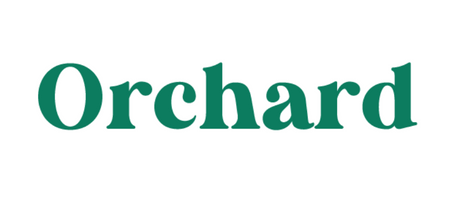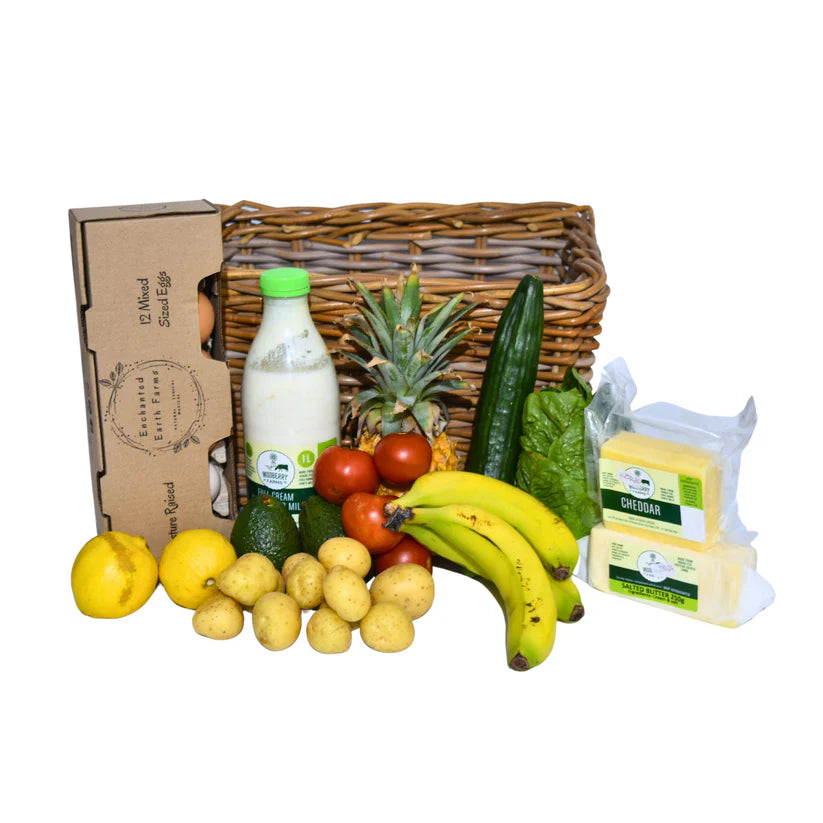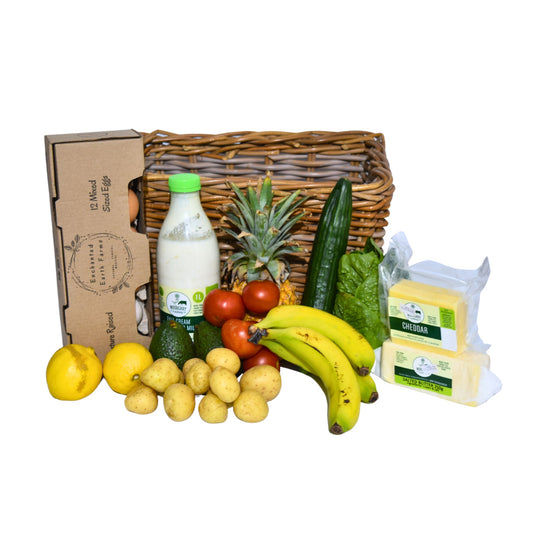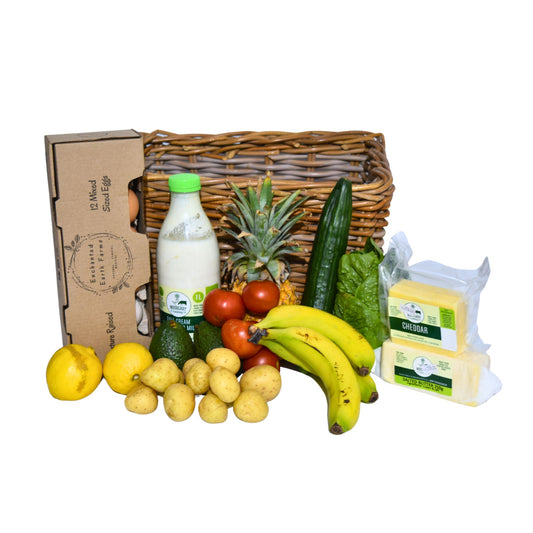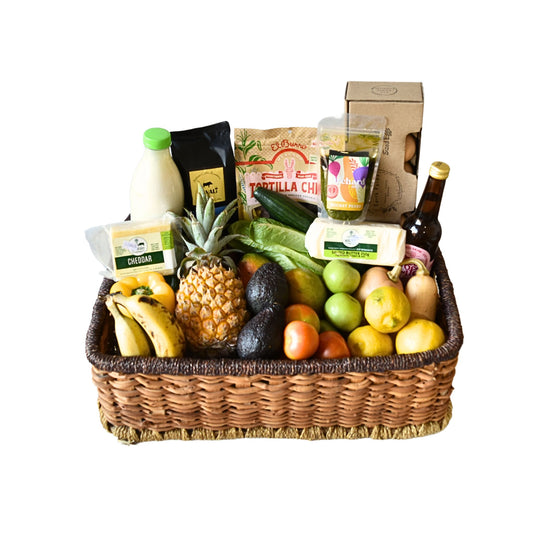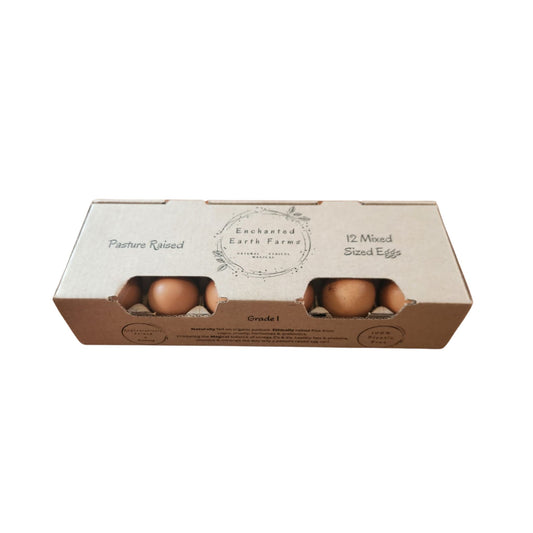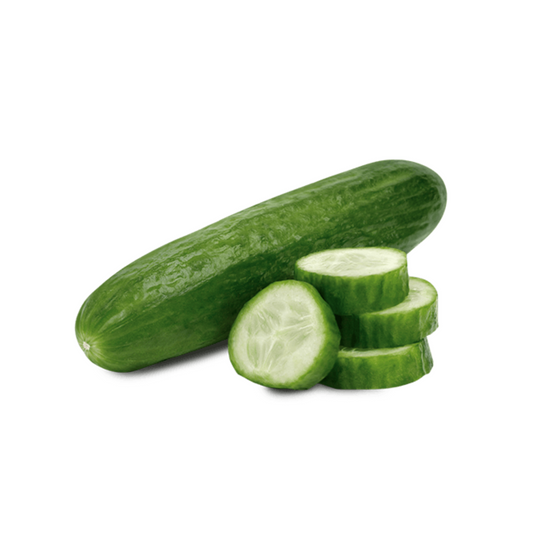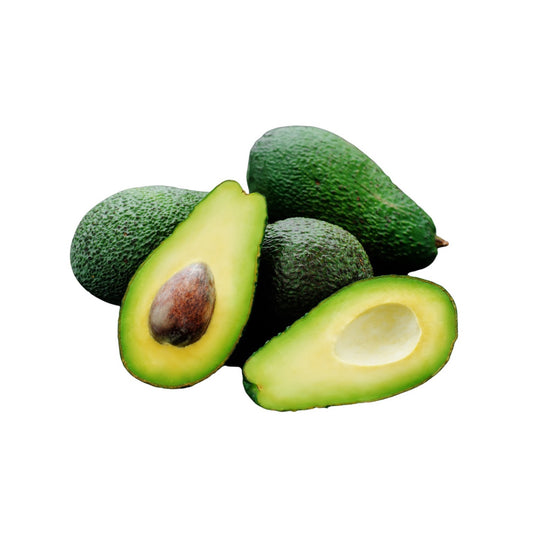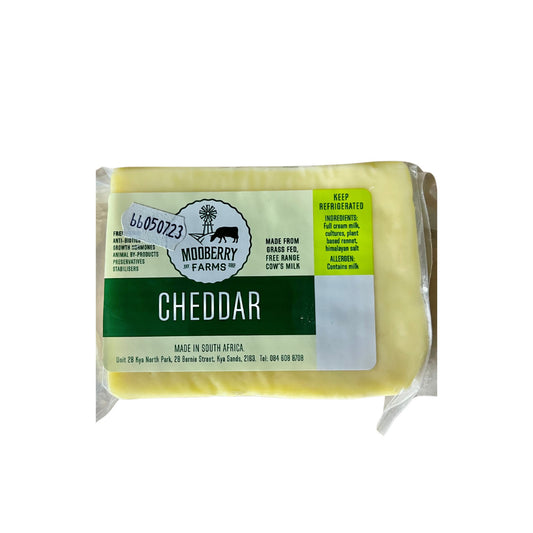Article Summary:
- Freshly expressed breast milk can be stored at room temperature for up to 4 hours, in the refrigerator for up to 4 days, and in the freezer for 6 to 12 months depending on the storage conditions.
- Use clean, BPA-free glass or hard plastic containers specifically designed for breast milk storage, and avoid using regular plastic bags that may leak or contaminate the milk.
- Thaw frozen breast milk in the refrigerator or warm water, never in a microwave, and use thawed milk within 24 hours; do not refreeze once thawed.
Fresh milk is a staple in many households, prized for its nutritional benefits and versatility in cooking and baking. However, one common question that arises is, "How long does fresh milk last?" The shelf life of fresh milk can vary significantly based on several factors, including the type of milk, storage conditions, and whether it has been opened or remains sealed. Understanding these variables is crucial for ensuring that you consume milk at its best quality and avoid any health risks associated with spoiled products. In this article, we will explore the different types of fresh milk, the factors influencing its longevity, proper storage techniques, signs of spoilage, and tips to extend its freshness. By gaining insight into the lifespan of fresh milk, you can make informed decisions about your dairy consumption and minimize waste in your kitchen.
Understanding fresh milk
Understanding fresh milk begins with recognizing the various types available and their respective shelf lives. Fresh milk typically refers to unprocessed or minimally processed milk that has not undergone extensive pasteurization or homogenization. The most common types of fresh milk include whole milk, low-fat milk, skim milk, and organic milk, each differing in fat content and nutritional profile. Whole milk contains about 3.25% fat, while low-fat and skim milk have reduced fat percentages, making them popular choices for those seeking lower-calorie options.

Shop 2L Raw Full Cream Milk at Orchard Food
The shelf life of fresh milk can vary significantly depending on factors such as processing methods, packaging, and storage conditions. For instance, pasteurized milk generally lasts longer than raw milk due to the elimination of harmful bacteria during the pasteurization process. Additionally, organic milk often has a longer shelf life than conventional milk because it is typically ultra-pasteurized, which involves heating it to a higher temperature to kill more bacteria.
Understanding the expiration dates on milk cartons is also essential. Most fresh milk products feature a "sell by" or "use by" date, which indicates the period during which the product is expected to maintain its best quality. However, this doesn't necessarily mean the milk is unsafe to consume after that date; it may still be good for several days if stored properly.
Ultimately, being aware of the different types of fresh milk and their characteristics can help consumers make informed choices about their dairy products. By understanding these distinctions, you can better gauge how long your fresh milk will last and ensure you enjoy it at its freshest.
Factors affecting the longevity of fresh milk
The longevity of fresh milk is influenced by several key factors, each playing a crucial role in determining how long the milk remains safe and palatable for consumption. One of the primary factors is the type of milk itself. For instance, whole milk, low-fat milk, and skim milk have different fat contents, which can affect their shelf lives. Generally, higher fat content can lead to quicker spoilage due to the increased likelihood of rancidity, while lower-fat options may last slightly longer under similar conditions.
Another significant factor is the pasteurization process. Pasteurized milk undergoes heating to eliminate harmful bacteria, extending its shelf life compared to raw milk, which has not been treated in this way. Additionally, ultra-pasteurized milk, which is heated to even higher temperatures, can last much longer than regular pasteurized milk, often remaining fresh for several weeks if unopened.
Storage conditions are equally important in determining how long fresh milk lasts. Milk should always be stored in a refrigerator at temperatures below 40°F (4°C). Keeping milk in the main body of the fridge rather than the door helps maintain a more consistent temperature, as the door experiences more temperature fluctuations. Exposure to light can also degrade milk quality; therefore, storing it in opaque containers or keeping it away from direct sunlight can help preserve its freshness.
The packaging of fresh milk plays a role as well; vacuum-sealed or tightly sealed containers can significantly extend shelf life by reducing exposure to air and contaminants. Once opened, fresh milk should be consumed within a week for optimal freshness, although it may last longer if stored properly.
Lastly, hygiene practices during handling and pouring can impact the longevity of fresh milk. Using clean utensils and minimizing exposure to contaminants can help prevent spoilage. By understanding these factors that affect the longevity of fresh milk, consumers can take proactive steps to ensure their dairy products remain fresh and safe for as long as possible.
How to properly store fresh milk for maximum freshness
Properly storing fresh milk is essential for maximizing its freshness and extending its shelf life. The first step is to ensure that the milk is kept at the right temperature. Fresh milk should be stored in a refrigerator set to 40°F (4°C) or lower. It’s best to place the milk in the main compartment of the fridge rather than in the door, as the temperature in the door can fluctuate more due to frequent opening and closing. Keeping milk consistently cold helps slow down bacterial growth and maintain its quality.
When it comes to packaging, always keep fresh milk in its original container, which is designed to protect it from light and air exposure. If you transfer milk to another container, make sure it is clean and airtight. Light can degrade certain vitamins and affect the flavor of the milk, so minimizing exposure to light is crucial. If possible, choose opaque containers or store milk in a dark area of the fridge.
It’s also important to seal the container tightly after each use. This helps prevent contamination from other foods and minimizes air exposure, which can lead to spoilage. When pouring milk, use clean utensils and avoid touching the inside of the cap or container with your hands to reduce the risk of introducing bacteria.
Additionally, be mindful of how long fresh milk has been stored. Always check the expiration date on the carton and aim to consume it before that date for optimal freshness. If you have opened a carton of fresh milk, try to use it within a week for best results, although it may last longer if stored correctly.
Finally, consider freezing fresh milk if you know you won’t consume it before it spoils. Milk can be frozen for up to three months; however, it’s best to do so in portions that are easy to thaw and use later. When freezing, leave some space in the container for expansion. Thawed milk may separate but can be shaken or stirred before use.
Signs that fresh milk has spoiled
Identifying whether fresh milk has spoiled is crucial for ensuring food safety and avoiding potential health risks. One of the most common signs of spoiled milk is a change in smell. Fresh milk typically has a mild, pleasant scent, while spoiled milk emits a sour or off-putting odor due to the growth of bacteria. If you detect a strong, unpleasant smell when opening the carton, it’s a clear indication that the milk has gone bad.
Another telltale sign is the change in texture. Fresh milk should have a smooth and creamy consistency. If you notice any lumps or curdling, this indicates spoilage. Curdling occurs when the proteins in the milk break down and clump together as a result of bacterial activity. Additionally, if the milk appears to have separated into liquid and solid components, it is best to discard it.
The taste of the milk can also provide clues about its freshness. If you take a sip and notice an unusually sour or off flavor, it’s a strong indication that the milk has spoiled. It’s important to trust your taste buds; if something tastes wrong, it likely is.

Shop 300ml Farm Cream at Orchard Food
Visual inspection can also help determine if milk has gone bad. Look for any discoloration or unusual changes in appearance. Fresh milk should be a consistent white color; if you see yellowing or any other strange hues, it may be time to throw it out.
Lastly, checking the expiration date on the carton is essential. While some milk may still be good for a few days after the expiration date if stored properly, it’s always best to err on the side of caution. If you notice any of these signs—off smells, changes in texture, sour taste, discoloration, or an expired date—it's safest to discard the milk to avoid any health risks associated with consuming spoiled dairy products. By being vigilant and aware of these signs, you can ensure that you only consume fresh and safe milk.
Tips for extending the shelf life of fresh milk
Extending the shelf life of fresh milk is important for reducing waste and ensuring that you have a safe and nutritious product on hand. One of the most effective tips is to store milk at the proper temperature. Keeping your refrigerator set to 40°F (4°C) or lower is crucial, as colder temperatures slow down bacterial growth and help maintain freshness. Avoid placing milk in the refrigerator door, where temperatures fluctuate more frequently; instead, store it in the main compartment for consistent cooling.
Another helpful practice is to keep milk in its original container, which is designed to protect it from light and air exposure. If you need to transfer milk to another container, ensure it is clean and airtight to minimize contamination. Additionally, always seal the container tightly after each use to prevent air from entering and bacteria from contaminating the milk.
Regularly check the expiration date on the carton and aim to consume the milk before that date for optimal freshness. However, even if the expiration date has passed, use your senses to evaluate the milk—smell, taste, and visual inspection can help determine if it’s still good. If you have opened a carton of fresh milk, try to use it within a week for best results.
If you find yourself with excess milk that you won’t be able to consume in time, consider freezing it. Milk can be frozen for up to three months; just be sure to leave some space in the container for expansion and use appropriate freezer-safe containers. When thawing frozen milk, do so in the refrigerator rather than at room temperature to maintain quality.
Lastly, practice good hygiene when handling milk. Always use clean utensils when pouring or measuring, and avoid touching the inside of the cap or container with your hands. By following these tips for extending the shelf life of fresh milk, you can enjoy its nutritional benefits while minimizing waste and ensuring safety in your kitchen.
